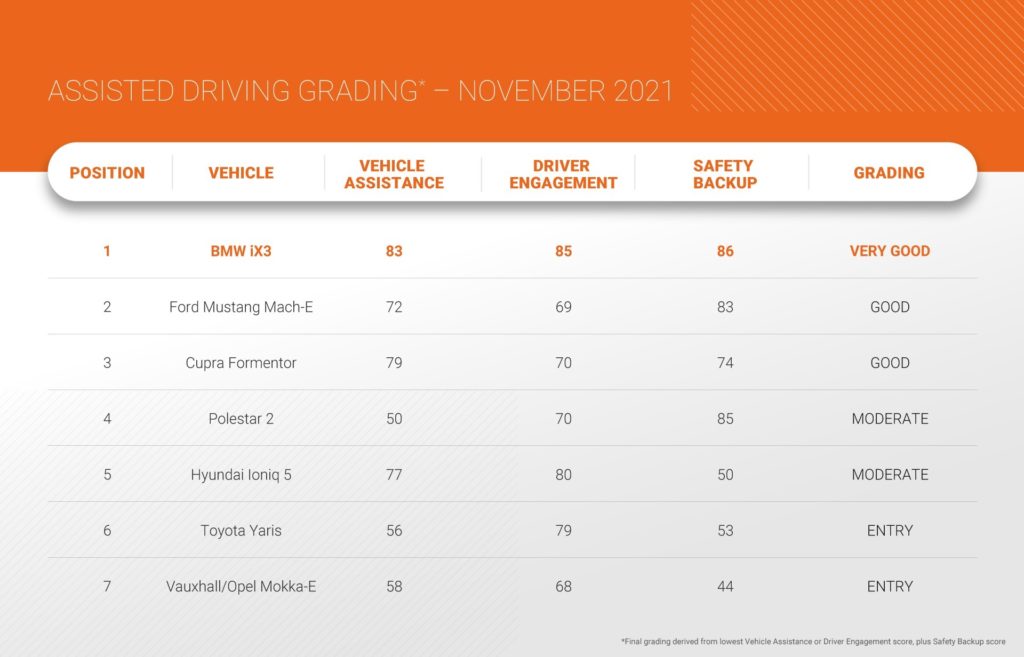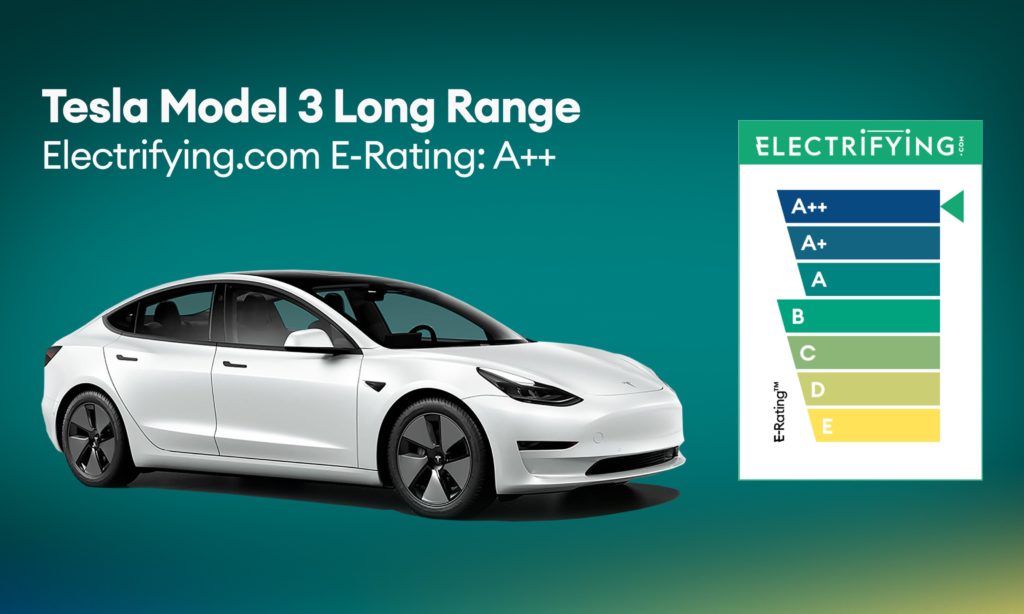Government Could Delay Some Companies Going All Electric Through Uncertainty.
Friday, 14. January 2022
A lack of clarity around future tax policy and Government support for electric vehicles (EVs) will leave some businesses unable to commit to electrifying their fleets, industry experts say.
The warning comes in the wake of COP26 and a Budget thin on detail for those operating cars and vans.
The Chancellor did not reveal company car tax rates beyond 2025 or explain how £620 million for the plug-in grant and charging infrastructure, announced in the recent Net Zero Strategy, would be spent.
Spencer Halil, chief commercial officer at Alphabet (GB), says the switch to electric cars and vans is crucial to cutting transport emissions and achieving net zero.
However, he told Fleet News: “The Government has not capitalised on recent opportunities to provide the clarity and certainty needed around electrification to enable companies to make this important step.
“With no update on future tax rates for customers, nor a clear path for how long electric vehicle incentives will remain in place, businesses are unable to plan for an electric future with any confidence.”
LONG-TERM VIEW REQUIRED
Low company car tax rates for EVs have helped secure record registrations for plug-in vehicles – more will join Britain’s roads in 2021 than during the whole of the last decade, according to the latest forecast from the Society of Motor Manufacturers and Traders (SMMT).
But to maintain that fleet momentum away from internal combustion engine (ICE) vehicles towards electric cars and vans, requires further detail which has yet to be published.
Zenith CEO Tim Buchan says the industry needs to understand what the Government’s long-term plan is for decarbonising vehicles via taxation, grants and incentivisation.
He explained: “A more comprehensive roadmap is needed so the fleet industry can fully understand the role it plays in supporting the Government to meet its targets and can effectively prepare for a lower-carbon future.”
There was hope that the Government would announce a review of road taxation to investigate the merits of alternatives such as road pricing, but, again, the industry was left disappointed.
“Businesses urgently need better long-term certainty from the Government across all these areas to enable them to commit to sustainability investments for their fleets and support wider UK climate targets,” said Halil.
Budget 2021 did confirm benefit-in-kind (BIK) tax rates for battery electric vehicles (BEVs) would be frozen at 2% after this financial year up to 2024/25.
But, Paul Hollick, chairman of the Association of Fleet Professionals (AFP), said he was ‘disappointed’ by the absence of company car tax tables beyond that date, for which the AFP, alongside the British Vehicle Rental and Leasing Association (BVRLA) and Fleet News, has been campaigning.
He explained: “For some time, we’ve been calling for the Government to make BIK taxation tables for EVs available through to the end of the decade.
“Currently, information has only been published up until 2024-25, leaving businesses and employees now entering into four-year cycles with no indication of what the benefit-in-kind rate will be for 2025-26.”
Gerry Keaney, chief executive at the BVRLA said the silence around BIK was “deafening”.
“The Chancellor has missed an opportunity to give the industry essential clarity when it is most needed,” he added. “This only grows fears that rates will be drastically increased down the line.”
DWINDLING TAX TAKE
The fleet and leasing industry can be excused for fearing what may happen to BIK beyond 2025. It was only 10 years ago company car drivers were incentivised to drive diesel company cars.
“That seems crazy now,” said Harvey Perkins, co-founder of tax consultancy firm HRUX, “and just goes to show why some can be cynical.”
Considering Treasury has never given company car tax rates more than three to four years in advance, Perkins says it is quite possible that the fleet and leasing industry may have to wait until the year after next to see rates published post-2025. However, he stressed: “Logically, these rates will have to go up.”
The Treasury collected around £2 billion in company car tax in the past financial year. “We know there are getting on for 300,000 EVs on the roads in the UK,” continued Perkins. “I’m guessing a lot of those are company cars so a lot of that £2bn is evaporating quickly.”
REGISTRATION PROJECTIONS
With the sale of new ICE cars and vans ending from 2030 and hybrids from 2035, and new HGVs having to be zero-emission from 2035 or 2040 (dependent on weight), the number of plug-in vehicle registrations is estimated to rise rapidly to around three million by 2025, 10 million by 2030 and 25 million by 2035.
KPMG’s Mobility 2030 team expects the sale of zero-emission cars and vans to reach 98% of sales in 2031 and 27% of the parc by 2030.
As well as putting pressure on company car tax revenues, the shift to electric leaves the Treasury needing a plan to plug a potential £40bn shortfall from road taxes, including fuel duty.
At £28.4bn in 2019-2020 (excluding VAT), tax revenues from fuel duty account for a significant 2% of GDP (gross domestic product), while vehicle excise duty (VED) receipts were estimated to account for £6.5bn.
FUEL DUTY FREEZE
With record prices at the pumps, the Chancellor cancelled a planned 2.8p rise in fuel duty. Petrol exceeded the 142.48p a litre all-time peak set on April 16, 2012, by reaching 142.94p on October 24, and diesel hit a new high of 147.94p surpassing its previous record price of 147.93p on April 12, 2012.
The fuel duty freeze is expected to cost the Chancellor £7.85bn over the next five years, but, despite the Office for Budget Responsibility (OBR) taking into account an increasing number of EVs, the figures do not suggest a dramatic decline in revenues.
Appearing alongside Perkins at a BVRLA event, HRUX director Chris Sewell explained that Treasury forecasts still suggest annual receipts of £32bn for fuel duty in a few years’ time.
“It’s probably not an unreasonable assumption,” said Sewell. “There’s 30 million cars on the road, plus LCVs, plus HGVs and, until they all go electric, there is still going to be a huge amount of revenue in fuel duty.”
However, despite the Government’s figures not suggesting a dramatic decline in duty, Thomas McLennan, head of policy and public affairs at the BVRLA, says that given the complexity of designing and implementing a new road tax regime, Treasury does not have the “luxury” of time on its side.
He warned: “I don’t think we can realistically say we’re going to completely overhaul our road tax system and not give ourselves almost a decade to do it.
“That’s when we really get into trouble, because I don’t think those fuel duty receipts are going to survive towards the end of this decade.” By Graham Hill thanks to Fleet News
























